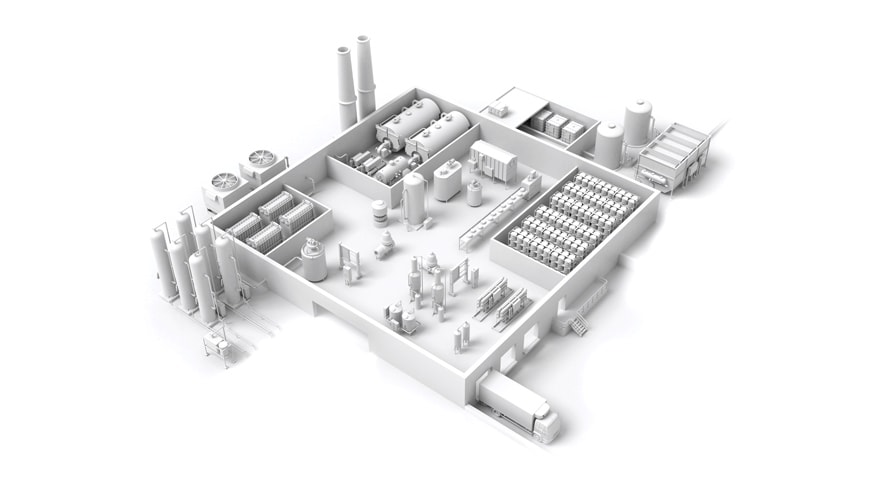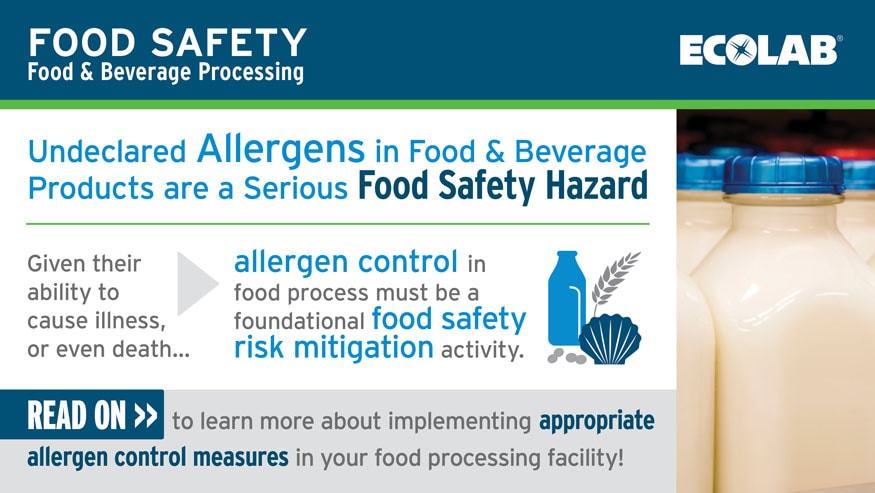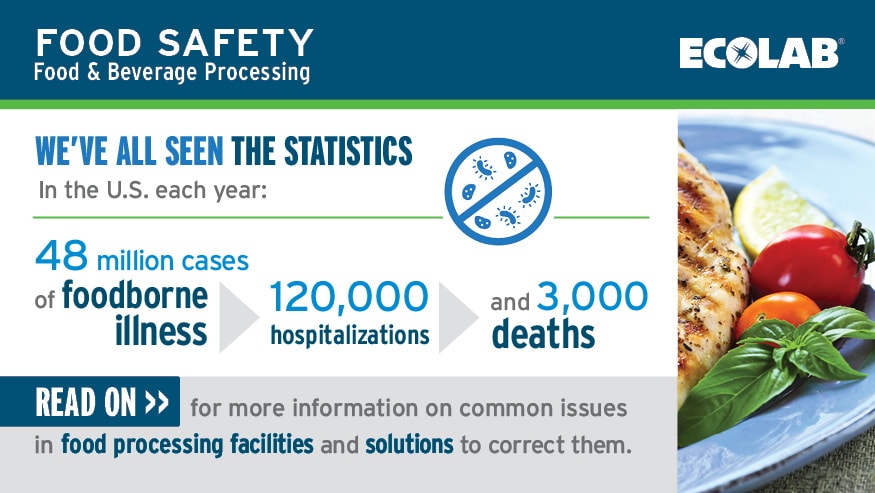Effectively Cleaning Aseptic Packaging Processes

Aseptic packing is a food production practice where bacteria and viruses are eliminated from the product and prevented from entering during packaging. It is a common way to prepare and package food and can benefit food safety and product shelf-life. Aseptic packaging also presents unique cleaning considerations.
Aseptic packaging
Aseptic packaging is an operation that produces a commercially sterile food product. A product produced under aseptic conditions does not require refrigeration and can have a shelf life of six months to a year. Examples of products that can be manufactured in an aseptic process include milk, flavored milk, fruit juices and canned fruit. The operation reduces food safety risks by producing a sterile product free of viable microorganisms, including spoilage organisms and pathogens. It allows consumers to have highly nutritional products with longer shelf-lives than conventionally processed and packaged products.
The aseptic packaging process
An aseptic filling process is similar to most other food production processes with the receiving, storage and blending of ingredients. However, the aseptic process becomes unique at the pasteurizer. The pasteurizer in most aseptic filling plants is an ultra-high temperature (UHT) processing system. A UHT system uses temperature, usually over 275 degrees Fahrenheit, and time, usually over two seconds, to sterilize the food product. The time and temperature combination helps achieve the sterilization needed for each product. Every part of the production line from the UHT hold tube to final product packaging must always remain sterile. If there is a break in sterility, the system must shut down and be brought back to sterile conditions before production of an aseptic product can resume. This results in a loss of production time, which decreases revenue.
After the pasteurizer, the product moves to a sterile holding tank, which is often sterilized with steam, and then to the filler equipment. During aseptic filling, both the machine and the package must be sterilized using steam or chemicals. The filler is in a sterile zone and must stay and operate in sterile conditions. In addition, all transfer lines between the pasteurizer, sterile holding tank and filler must also be sterilized. Similar to the rest of the aseptic process, if the sterile zone is compromised, production will cease until the area can be cleaned again.
Cleaning an aseptic system
Aseptic filling systems can be difficult to clean and most are clean-in-place (CIP). These filling systems also tend to have a higher cost associated with cleaning than traditional CIP systems due to need for increased chemical usage, longer cleaning and sterilization time, and the inability to reuse wash solutions.
The pasteurizer is designed to have low product flow rates to increase the time the product is in the holding tubes to achieve sterilization. Due to the high heat and low product flow, these systems accumulate burned-on soils, which are difficult to remove. Removal of burned-on soils in an aseptic system typically requires twice the amount of caustic than is used in a traditional CIP system. During a production run, an aseptic system can operate anywhere from 24 to 120 hours before cleaning and sterilization. It takes three to four hours to clean a typical aseptic system, then two to three hours to sterilize and bring them back online. The time spent cleaning and sterilizing an aseptic system is lost production time.
To extend production time between a full system clean and sterilization, an aseptic intermediate clean (AIC) is performed. AICs are performed during production, on average, every eight hours, which increase the system’s chemical consumption. They are usually a two to three percent caustic flush of the system to help remove soils and gross contamination. The system must stay sterile during an AIC to continue running products on the system.
Cleaning solutions are not reused in aseptic systems because they contain too many solids to reuse and lose their cleaning capacity after a single use. Another reason cleaning solutions are not reused is for allergen control. Since the solutions contain a high level of solids, it is possible to transfer allergens, or redistribute them, through reuse. Not being able to reuse wash solutions increases chemical cost as fresh solutions are need for each cleaning cycle.
Chemical and digital solutions for effective cleaning
Ecolab offers programs and solutions to help maintain and optimize aseptic packaging processes. A customized cleaner, such as Ecolab’s Bevro-sheen, provides better cleaning capabilities than a commodity caustic. Bevro-sheen aids in dispersing the tough-to-remove burnt on soils commonly found in an aseptic system. Additionally, Ecolab offers an Exelerate program that enhances and expedites the cleaning cycle. A combination of Exelerate HS and Exelerate Boost can penetrate tenacious soils on heated process equipment when used as a pretreatment to cleaning.
Ecolab also offers 3D TRASAR™ CIP, a diagnostic tool that verifies every CIP wash cycle. It also will send alerts if it identifies any deviations in the wash cycle. It helps to optimize CIP programs, improve overall efficiency and lower the total cost of operation.
Expertise and service
Ecolab has in-depth training and experience in cleaning aseptic systems, and can recommend solutions and CIP parameters for optimal cleaning. In addition, the company provides a team of technical service experts – SEALS – that can troubleshoot cleaning and shelf-life issues for aseptic packaging systems.
An optimized aseptic packaging system will decrease system downtime and the total cost of operation, helping to increase production and revenue.
Dr. Jeremy Adler is an Ecolab senior research, development & engineering program leader for the food and beverage industry.
Related Food Safety Articles

Undeclared Allergens in Food and Beverage Products Are a Serious Food Safety Hazard
Jeremy Adler, PhD, senior RD&E program leader of F&B Food Safety, weighs in on the responsibility food manufacturers have around food allergens, stressing several considerations as part of the risk mitigation that must be done for comprehensive food safety.

Reduce Common Foodborne Illness Risks
Ecolab's VP RD&E for Food Safety John Hanlin explains food safety and its importance – from foodborne illnesses to good manufacturing practices to practical measures that reduce risk.

The Importance of Building a Strong Food Safety Culture
Rick Stokes, technical support manager in the Food & Beverage division, outlines how companies can create a food safety culture to prevent foodborne illnesses.



